[Space for All] Korea's public architecture at turning point
SNU professor Kang Bum-joon says more Korean architects designing public buildings will lead to higher-quality public spaces overall
By Park YunaPublished : Sept. 2, 2023 - 16:00
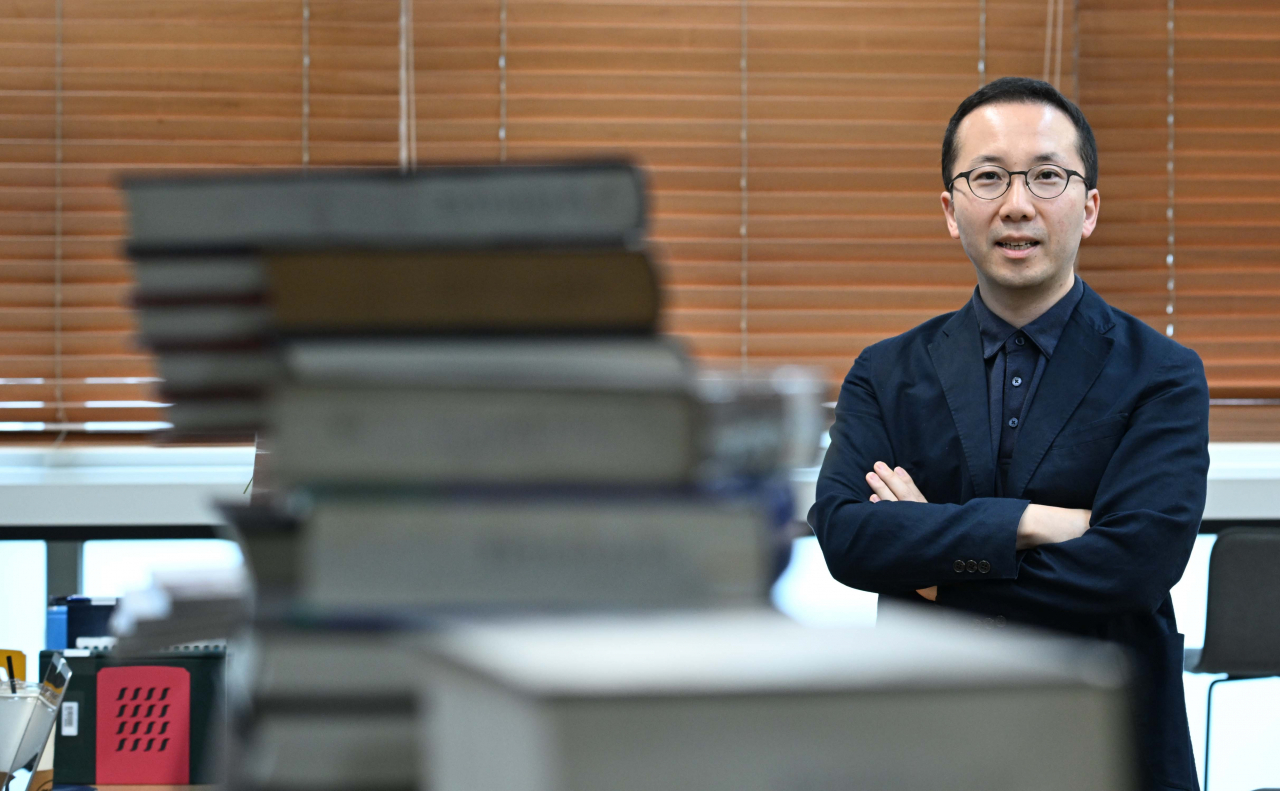
Living in urban Korea, just stepping outside brings into view a plethora of buildings. But the average person here most likely doesn't give much thought to what kinds of spaces were created for the public and how they actually affect people's lives.
These public spaces can include: a school, where 12 years of one's life are spent, a rest area by a river or stream, an observatory, a multipurpose facility under an expressway, a swimming pool popular with the elderly or a museum built on a once-deserted site.
“Most architecture built for the public is both ordinary and permeates our lives. These buildings may not be easily recognized by people, but some of them are real architectural gems,” said Kang Bum-joon, associate professor in the department of architecture and architectural engineering at Seoul National University, during an interview with The Korea Herald on June 21.
South Korea has some 7 million total buildings, according to Kang, of which only about 3 percent -- or 200,000 -- are public buildings. The Architectural Service Promotion Act defines public architecture as buildings constructed by the government with public funds.
Kang, sitting in his office at SNU, asked a rhetorical question: Where should one go to experience the university and see how satisfied the students are with college life? His answer was -- buildings that were built for students such as the library, rather than faculty offices.
“What kinds of spaces determine one's impression about a school, or make one think that the school is very nice? I think that is the same in the case of cities,” Kang said.
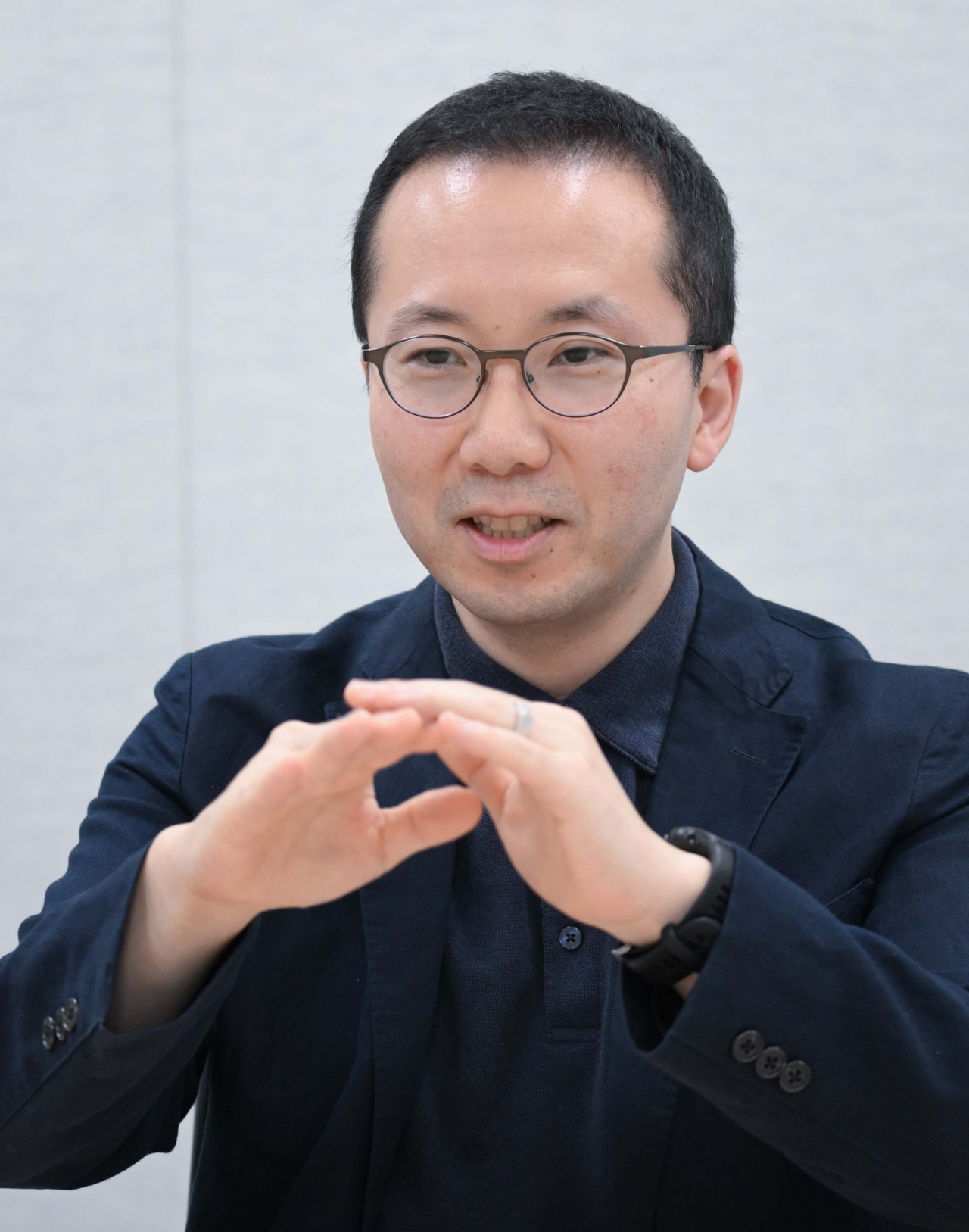
He said that not many people seem to pay much attention to public spaces here, nor do they have high expectations of such spaces, although they are specifically built for them.
“People here have (generally) not been exposed to quality public architecture. No wonder they have little expectations about such places. Most people don't think, ‘Why can’t it be better?’ when they visit a bus terminal, for example. Why? Because we haven't had such positive experiences with bus terminals,” he said.
However, Kang stressed that South Korea has seen much improvement in its public architecture – especially over the past 10 years – with cities implementing policies to provide more high-quality public spaces for people.
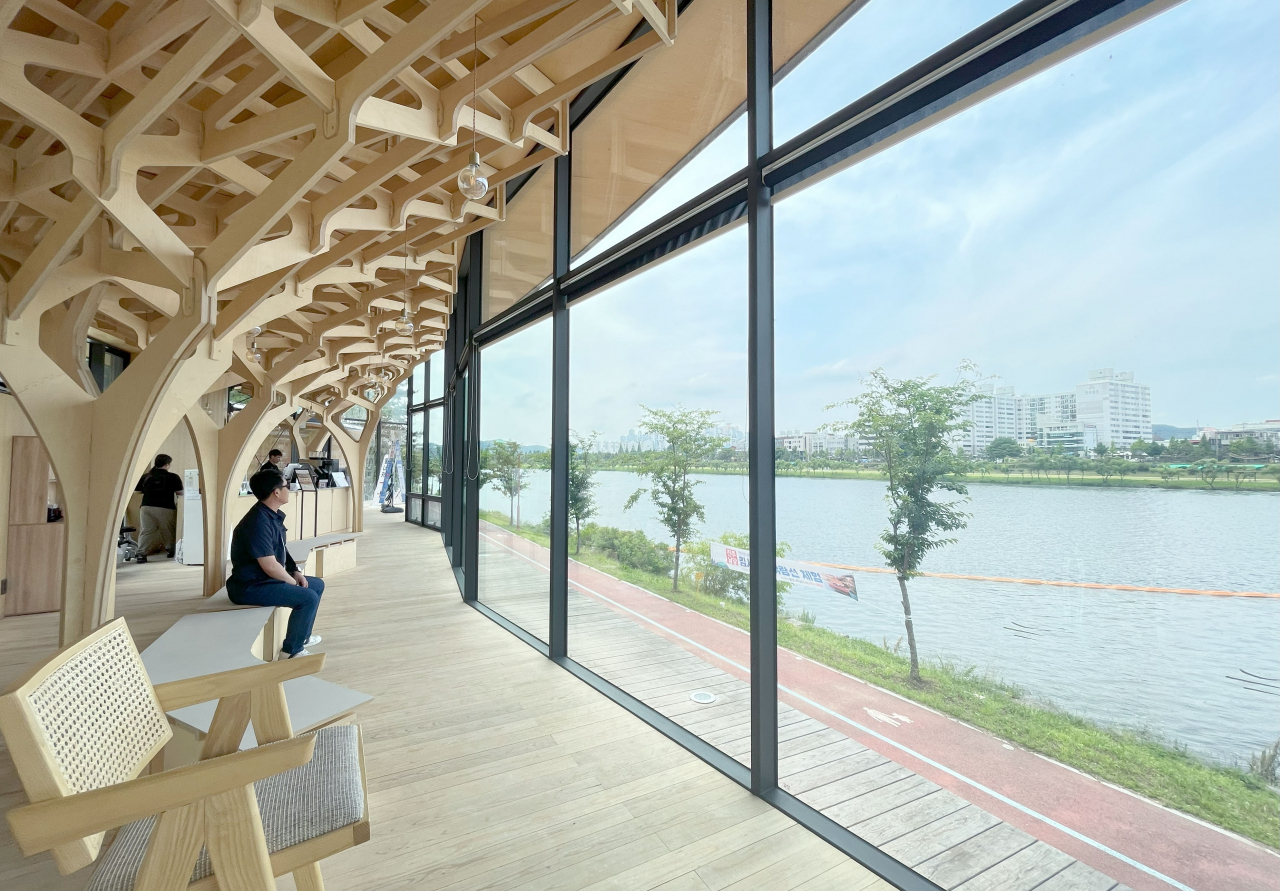
At the end of the Korean War in 1953, the population in Seoul was only 1.5 million, which grew rapidly, reaching a height of around 10 million people by 1992. In other words, the population grew by almost 1 million people every five years over four decades.
As of June, Seoul's population stands at about 9.4 million people.
“In Seoul, for instance, we were busy stacking up buildings to accommodate the fast-growing number of people after the Korean War (1950-1953). I think this situation remained the case until around 2000,” Kang said.
Visiting Seoul periodically while based in the US from 2008 to 2019, he saw gradual improvement in Korea's urban architecture over the years. He attributed this improvement to cities investing in the process of building public architecture.
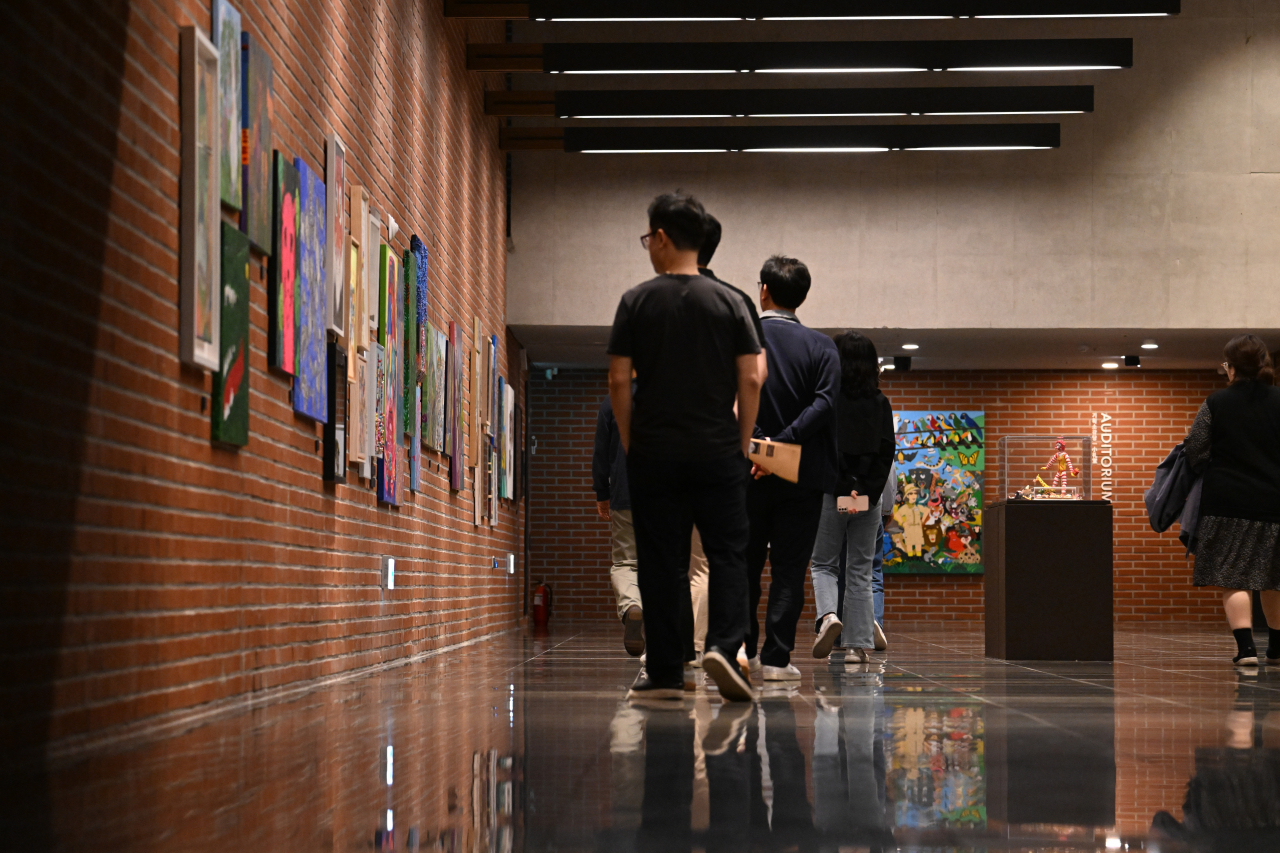
Such efforts were seen in Seosomun Shrine History Museum and Singil Middle School in Seoul, Yeongju Swimming Pool in Yeongju, North Gyeongsang Province and the Pavilion of Floating Lights in Jinju, South Gyeongsang Province.
“In the past, city officials handled the public architecture building process by themselves. But now, many cities seem to invest in the process by facilitating more discussion, inviting experts of public spaces throughout the process," he said.
"That works against efficiency per se, taking time, money and effort – but they are willing to implement such procedures to create better public spaces by selecting good designs and incorporating a variety of thoughts from people,” Kang said.
Some Korean cities including Seoul and Yeongju, North Gyeongsang Province were pioneers in implementing policies that allowed for such procedures.
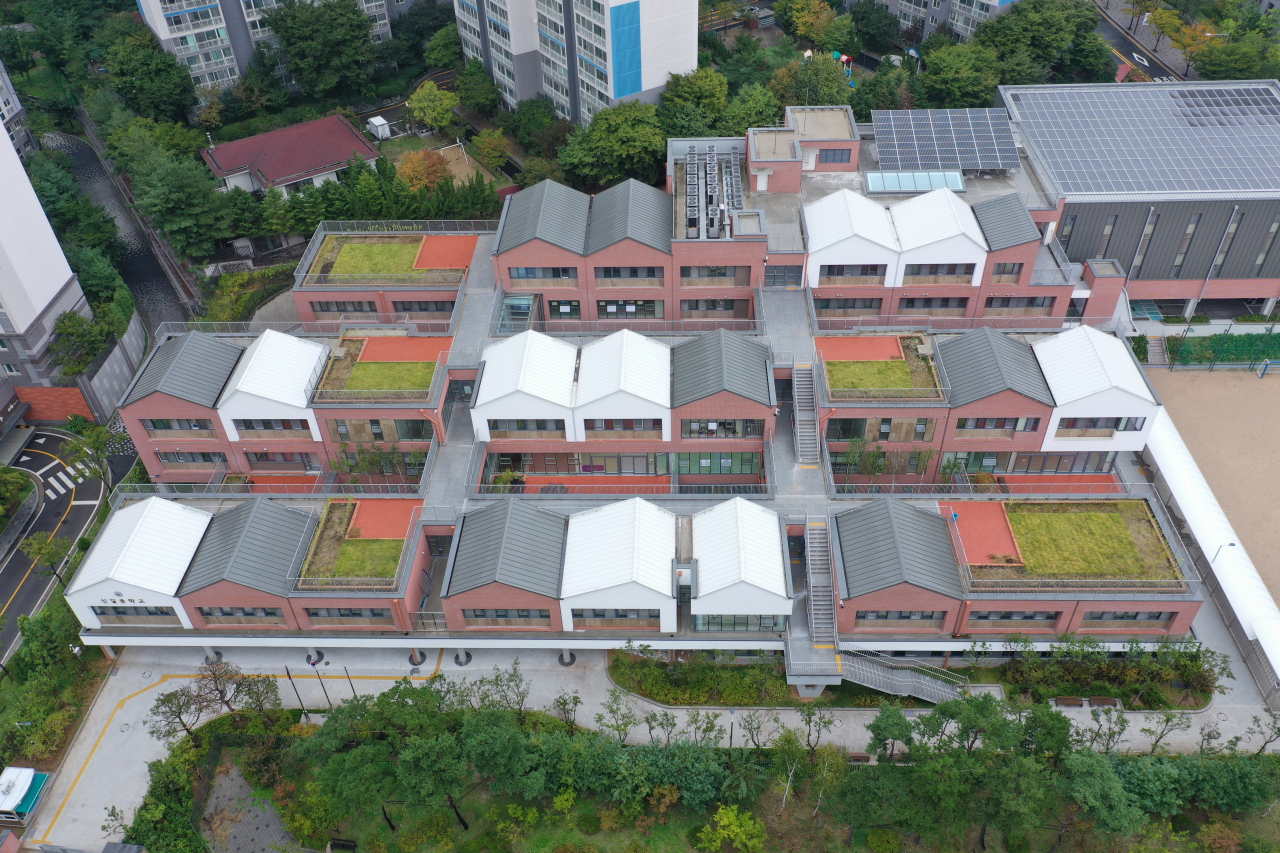
One of these policies is what is locally dubbed the "design intent implementation system" or "post-design management system," a system in which the architect who designed the building is involved in the entire process of creating a public space. This system aims to keep design as intact as possible by facilitating interaction among the architect, builder and inspector on the spot.
Seoul city introduced the "master planner system" in 2014 to manage the integration of high-quality architecture into the city in a more holistic manner.
The portion of public buildings is gradually increasing. In 2015, they accounted for 2.5 percent of all buildings. In 2022, that figure rose to 3.1 percent, according to Ministry of Land, Transport and Maritime Affairs data.
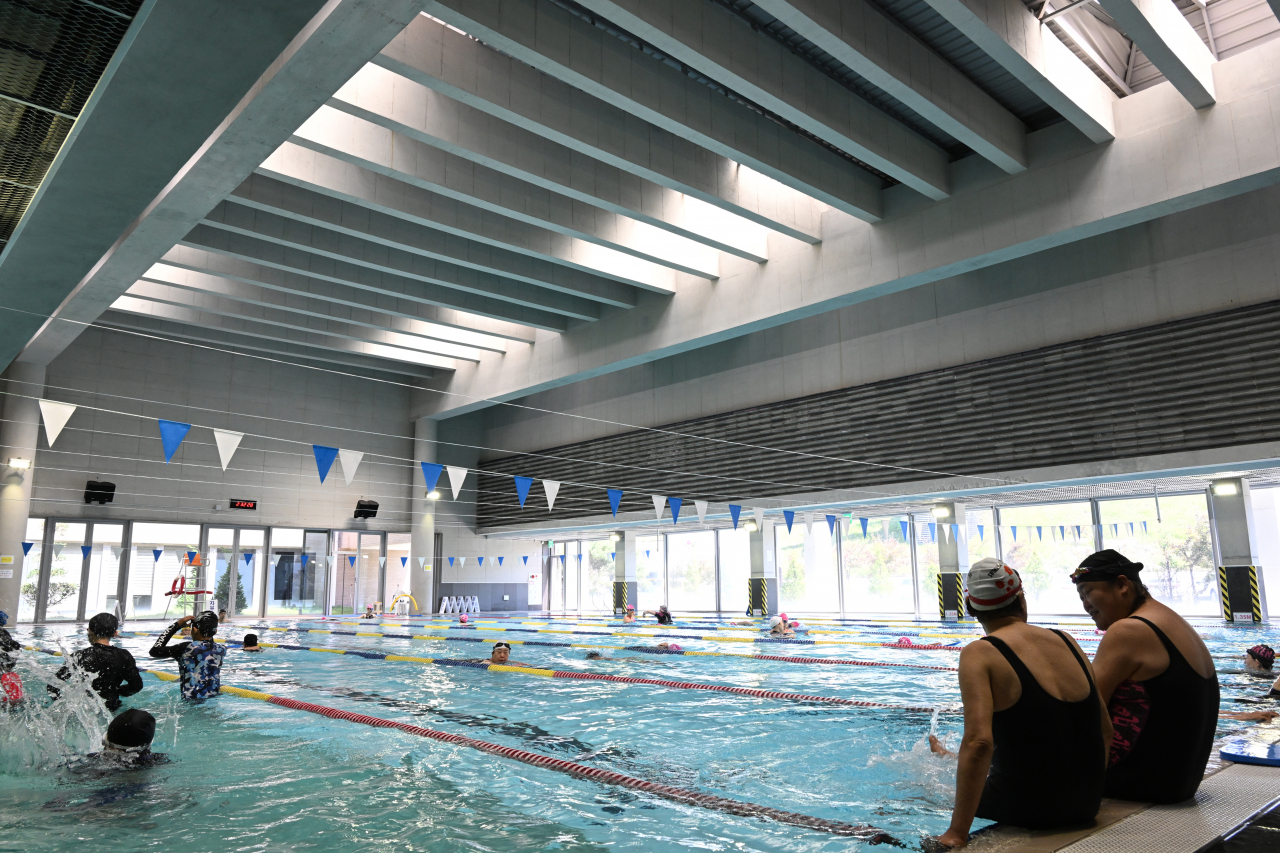
A critical factor for creating high-quality public spaces lies in facilitating social integration -- a role that goes beyond merely creating high-quality buildings, Kang said.
“In the case of Yeongju Swimming Pool, for example, people get together to exercise but it is also where the residents exchange information and have coffee after swimming. Singil Middle School has spaces such as courtyards that allow students to interact during recess," he said.
Jongam Square in Seoul also functions as a place for citizens to get together for a variety of activities under an expressway, and "Thousand Plateaus,” an observatory in Chuncheon, Gangwon Province, has become a place for those who bike in the area.
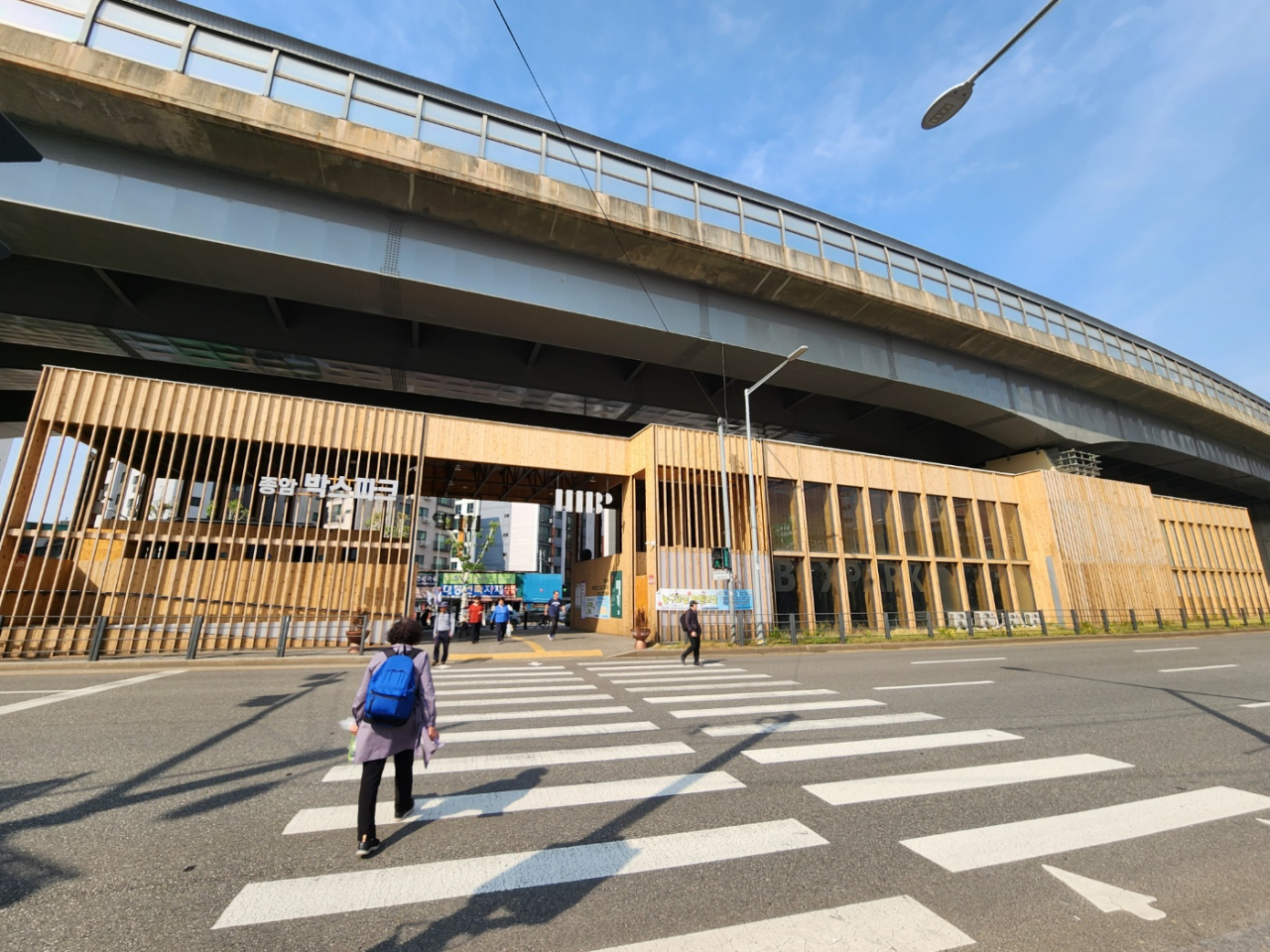
What is encouraging, Kang said, is that more Koreans are taking a greater interest in the spaces they live in and in public architecture. While architecture exhibitions were a rarity in Seoul only 10 years ago, such exhibitions today are well attended and the Seoul Biennale of Architecture and Urbanism, the fourth edition of which takes place from Sept. 1 to Oct. 21, draws large crowds.
Kang argued that Korean architects should be taken into consideration when designing and building public architecture, noting that there is still a tendency to bring in architects from overseas at a huge cost.
“It is like bringing a chef from overseas to cook a nice meal – but we need to pay more attention to Korean architects to develop our (local) capacity, which will lead to more high-quality public architecture,” Kang said.
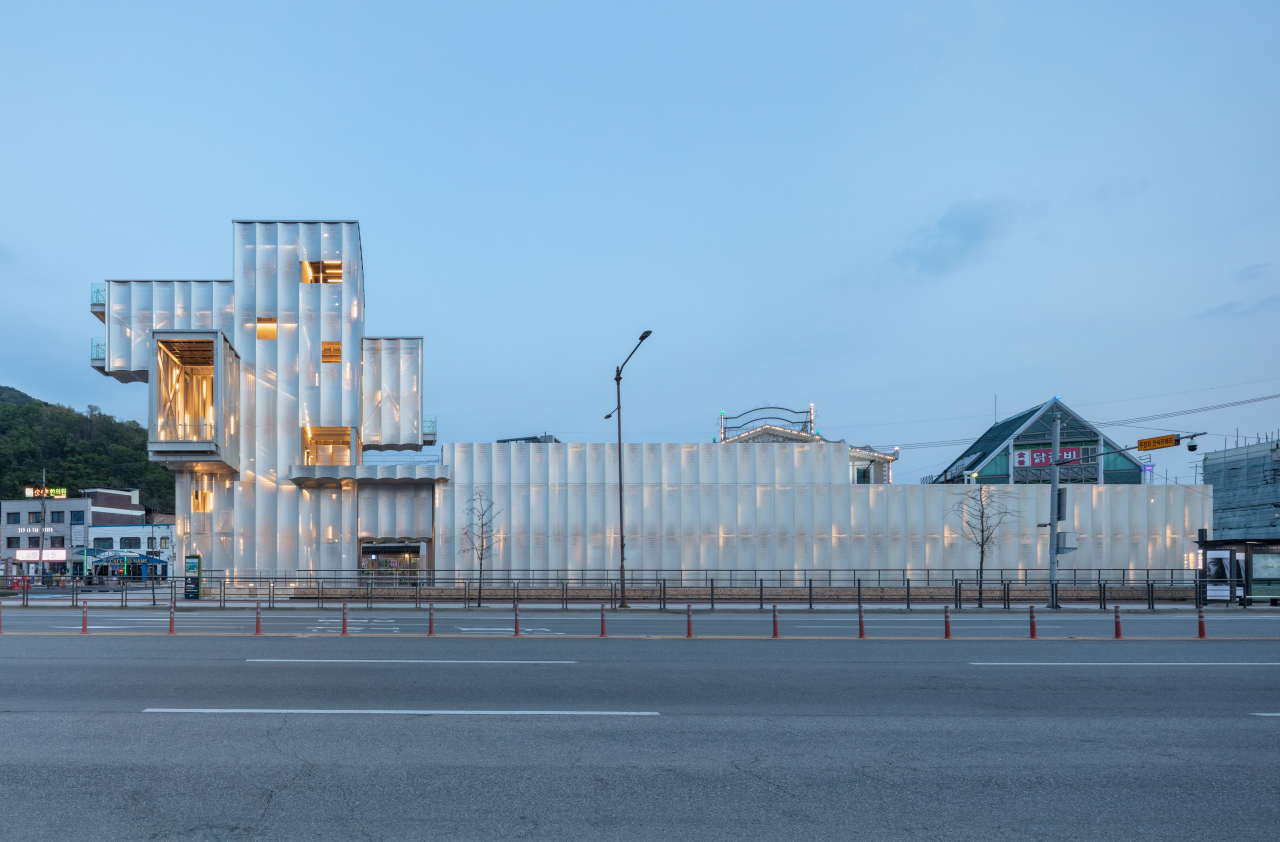
This article is the last in a seven-part series exploring the role and impact of public architecture in civic life. — Ed.






![[Weekender] How DDP emerged as an icon of Seoul](http://res.heraldm.com/phpwas/restmb_idxmake.php?idx=644&simg=/content/image/2024/04/25/20240425050915_0.jpg&u=)



![[KH Explains] No more 'Michael' at Kakao Games](http://res.heraldm.com/phpwas/restmb_idxmake.php?idx=644&simg=/content/image/2024/04/28/20240428050183_0.jpg&u=20240428180321)







![[Herald Interview] Mistakes turn into blessings in street performance, director says](http://res.heraldm.com/phpwas/restmb_idxmake.php?idx=652&simg=/content/image/2024/04/28/20240428050150_0.jpg&u=20240428174656)
